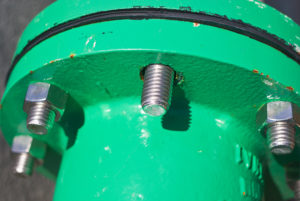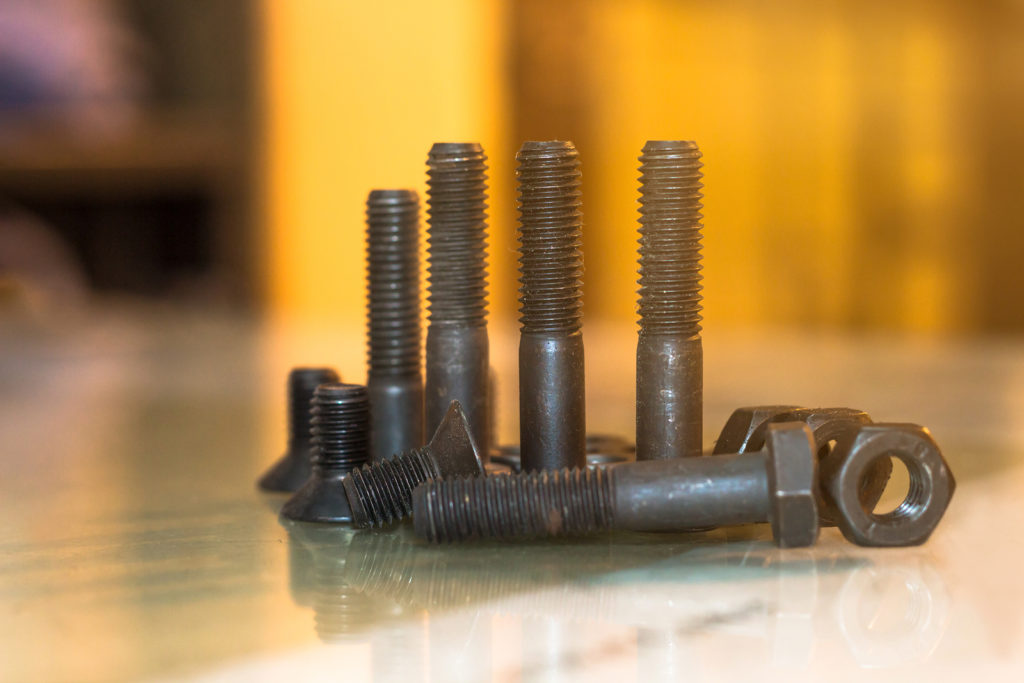Of the many reasons for mechanical failure in heavy machinery, simple threaded fastener failure accounts for a disproportionate amount of maintenance. Bolts once secured tightly rattle loose by vibration or strip during service, leading to eventual failure and associated problems. Worse still, identifying compromised fasteners isn’t always an easy task, making it hard to thwart eventual failure.
How can maintenance professionals combat such a widespread issue that presents with so few symptoms? The answer is to understand the catalysts and remain diligent in providing maintenance.
Threaded fastener failure in profile
Threaded fastener failure occurs when a bolt’s threading becomes stressed or misaligned, leading to gaps between the threads that invite more movement. Eventually this leads to dislocation or deformation of the fastener. Generally, maintenance techs can catch warped fasteners before total failure, however it’s common for stressed fasteners to snap in half before this occurs.
The problem with recognizing fastener failure as it happens is that the shaft of the bolt is hidden within whatever’s being fastened. Maintenance techs need to literally remove the bolt to examine it for stress. While this is routine in some maintenance applications such as removing a panel, it may present an extra, precautionary step in other scenarios.
Causes of fastener failure
As mentioned above, several identifiable catalysts for threaded fastener failure exist. Understanding each is important for mitigating future failures and anticipating problems with existing bolts.
 Vibration is far and away the leading cause of fastener failure. Bolts not secured tightly are subject to wiggling, which gradually wears on threads to create even larger gaps.
Vibration is far and away the leading cause of fastener failure. Bolts not secured tightly are subject to wiggling, which gradually wears on threads to create even larger gaps.- Manufacturing error is another leading cause of failure. Bolts not made to spec succumb to duress they would otherwise handle without issue.
- Poor installation is an example of operator error leading to fastener failure. This may mean either stripped threads or fasteners that operators haven’t properly secured tight enough.
- Embrittlement caused by rust, corrosion, or other environmental variables can weaken bolts, allowing for thread failure over time.
- Mismatched hardware, in the form of a nut that’s too big or too weak to comply with the bolt, will eventually lead to failure.
Any one of these single catalysts is enough to cause threaded fastener failure over a long enough time horizon. Unfortunately, one problem often begets another, which can rapidly expedite the time to failure.
Putting a stop to fastener failure
Diligent maintenance is a great way to stay on top of suspect fasteners that may be showing minor signs of stress such as worn threading or striation marks caused by movement. With these variables so hard to spot however, the onus is on maintenance managers to find fail-safe solutions that directly address catalysts to failure.
- Threadlocking is a quick, simple solution to dealing with microscopic gaps in threading. Maintenance techs can apply this adhesive directly to bolts to form a strong thermoplastic cure after fastening the bolts. It effectively eliminates any gaps by filling them, eradicating vibration issues.
- Mechanical locking is less effective than threadlocking, but serves as an extra line of defense against vibration by reinforcing the nut. Because maintenance techs perform mechanical locking using washers and tooth flanged bolts, it’s also susceptible to corrosion.
- Thread-sealing tape (polytetrafluoroethylene) is similar to threadlocking, but doesn’t offer the same expansion properties as the thermoplastic cure.
Maintenance techs should always check the status of threaded fasteners when performing routine maintenance and take note of bolts that appear less than perfect. By identifying the catalyst for damage and employing one of the methods listed above, it’s possible to stay ahead of fastener failure.
